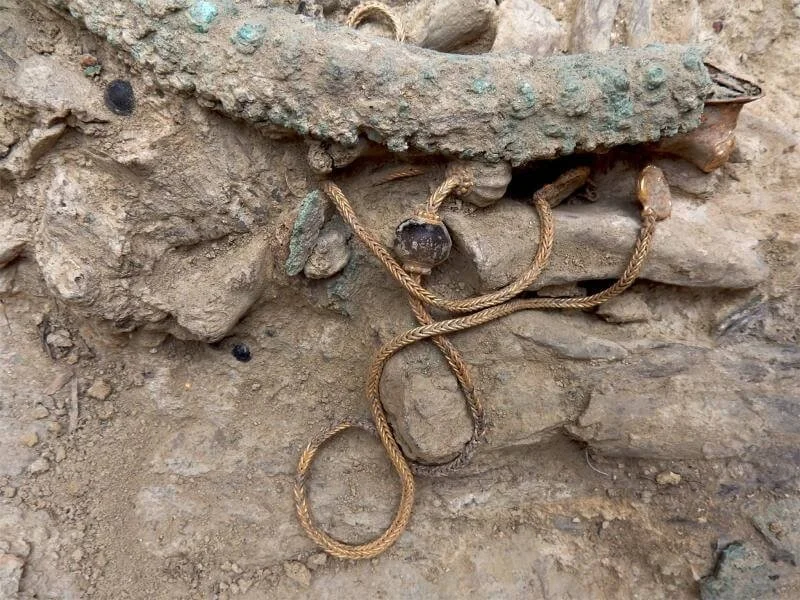The ancient Greek myth of Persephone and the Underworld is one of the most profound and enduring tales of mythology. This story, rich with symbolism and deep cultural significance, explores themes of life, death, rebirth, and the cycles of nature. It not only explains the changing of the seasons but also played a crucial role in ancient religious rituals, particularly the Eleusinian Mysteries.
The Story of Persephone
Persephone, the daughter of Demeter, the goddess of agriculture and fertility, was a beautiful and cherished maiden. One day, while she was gathering flowers in a meadow, Hades, the god of the Underworld, emerged from the earth and abducted her, taking her to his dark realm. Demeter, stricken with grief, searched the world for her daughter. In her sorrow, she neglected her duties, causing the earth to become barren and lifeless, leading to widespread famine.
Zeus, recognizing the crisis, intervened and ordered Hades to return Persephone to her mother. However, before leaving, Persephone consumed a few pomegranate seeds—an act that bound her to the Underworld. As a compromise, it was decreed that Persephone would spend part of the year with her mother on Earth, bringing spring and summer, and the rest of the year with Hades, causing autumn and winter.
Themes of Life, Death, and Rebirth
The myth of Persephone serves as a metaphor for the cycle of life and death. Her descent into the Underworld symbolizes death and the dormancy of nature during winter, while her return represents rebirth and the renewal of life in spring. This duality mirrors human existence, where suffering and joy, loss and reunion, are intertwined.
The Myth’s Connection to Seasonal Rituals
The story of Persephone was at the heart of the Eleusinian Mysteries, one of the most important religious rites in ancient Greece. These secretive ceremonies, held in Eleusis, sought to offer initiates hope for a blessed afterlife, mirroring Persephone’s return from the Underworld. The rites included symbolic reenactments of her journey, purification rituals, and the revelation of sacred knowledge.
Additionally, agricultural festivals such as the Thesmophoria, dedicated to Demeter and Persephone, were held in various Greek cities to ensure fertile crops and successful harvests. These ceremonies reinforced the bond between human life and the cycles of nature.
Cultural Impact and Legacy
The myth of Persephone has had a lasting influence on literature, art, and psychology. It has been depicted in ancient pottery, sculptures, and modern adaptations in literature and film. The themes of the myth have also inspired psychological theories, with figures like Carl Jung interpreting Persephone’s descent as a journey into the unconscious mind.
In conclusion, the tale of Persephone and the Underworld remains one of the most compelling myths of antiquity. It offers insights into ancient beliefs about life, death, and renewal, and continues to resonate in modern storytelling, reflecting humanity’s eternal quest to understand the mysteries of existence.







